By Peter Suciu
The debate over the outcome of famous battles, or how aspects of them might have happened differently, often begins almost before the wounded have healed or the long-lasting results have been understood. Historians and military buffs alike pose questions on how the smallest decisions could have created a different set of events, or even turned the tide.
Military simulations have been around for almost as long as there have been organized military forces, but those currently accessible to the public are actually part of a fairly new trend that began after World War II. The Avalon Hill Game Company, a division of the Monarch Avalon Printing Company, released its first three military board games in 1958: Tactics II and Dispatcher, two generic military simulations; and Gettysburg, the first strategy game based on historical events.
These early war games allowed two players to make command decisions that would affect the outcome of the engagement. The playing boards were maps of the appropriate terrain, with the Gettysburg map mimicking the terrain of the real battlefield. Colored and labeled cardboard counters about a quarter-inch square represented the individual military units. Each counter contained information on its unit’s capabilities, including movement, speed, and attack and defensive points. The results of combat among opposing units were determined by a dice roll charted against a set of fixed odds. Terrain, including woods or rivers, affected movement and defensive points, a defender, for example, gaining points if it were on high ground or in woods.
Throughout the 1960s and 1970s numerous other companies entered the military board-game arena and a whole new generation of history buffs was spawned. War gamers began to attend specialized conventions, and hobby stores began to stock titles by the dozens. With publishers like SPI, Yaquinto, and Game De- signers Workshop entering the field, it was possible for avid war gamers to recreate virtually any historical period’s classic engagement. Especially popular were games set during the Napo- leonic Wars, the American Civil War, and World War II.
Paul Meyer, who has been selling out-of-print games for 25 years, says that whereas the last two millennia have had myriad conflicts, the proliferation of games from the three above-mentioned wars stands out. “There is a lot of reference material and research on these wars, which makes it easier for game publishers to create realistic games. There is a lot of interest from customers. And these were wars with very fluid battles, making for excellent games.”
Meyer, owner of Crazy Egor’s, a store dedicated to out-of-print and hard-to-find titles, adds that World War I, one of history’s bloodiest and most terrible conflicts, has been the subject of very few games. “World War I was just a slugfest, and that doesn’t make for a good game. There have been a few, but for the most part it is an area that hasn’t been covered in very great depth.”
Interestingly, the conflicts of Korea and Vietnam, which included highly fluid actions, have only occasionally been the focus of war games. Meyer believes this is because guerrilla warfare is difficult to simulate, at least within the typical parameters of a board game.
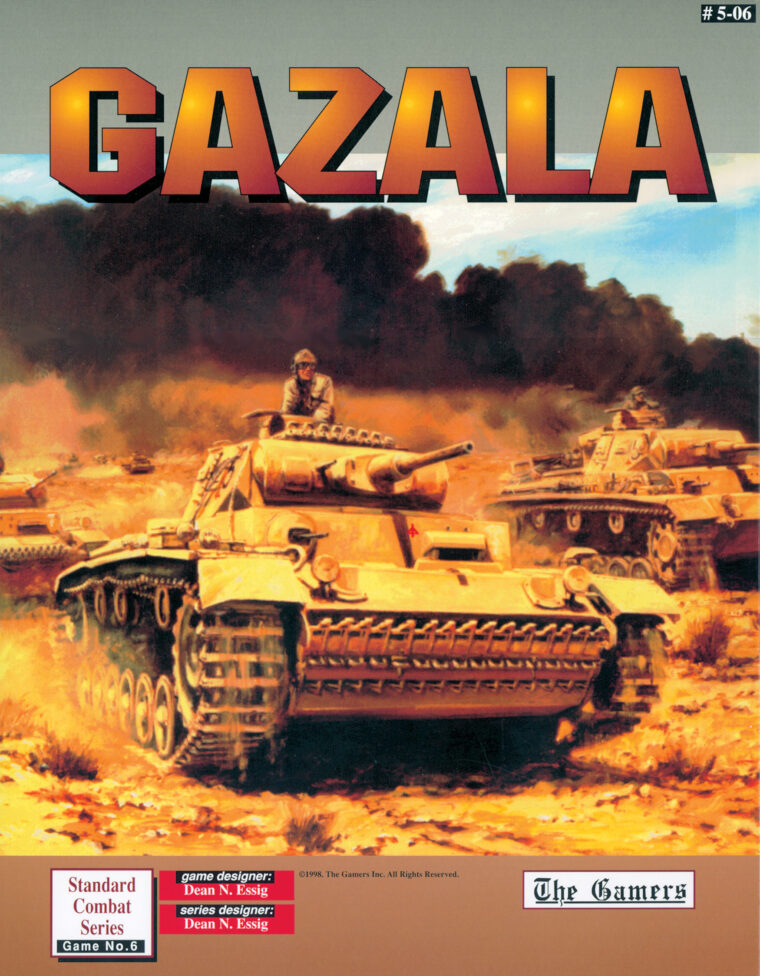
Perhaps owing to the limited interest and possibilities for historical recreations, many game publishers attempted to explore new gaming directions. Over time the various companies expanded their product lines to appeal to more than just hardcore war gamers. Avalon Hill created a leisure-time games division in 1976, which utilized its newly acquired line of 3M-published games. This coincided with the growth of popular family games that continued in earnest until the arrival of computerized war games.
Most of the early videogame systems of the 1970s failed to successfully recreate the board war-game experience, but early home computers—most notably the Apple II and Commodore 64—were able to start to accurately duplicate the gameplay. Thus the traditional cardboard war game began to decline. After failing to adapt to the changing marketplace, Monarch Avalon sold Avalon Hill Game Company to Hasbro. Although numerous classic titles, including History of the World and Diplomacy, have since been rereleased, old-time war gamers still cherish their old and worn copies.
Finding replacements for those tattered classic games is possible, even for titles that haven’t been published in many years. While many local hobby and model stores may carry newer releases some may also deal in used games or will at least be helpful in tracking down those titles that aren’t currently being published. In addition, several stores that specialize in out-of-print and hard-to-find games can fulfill orders by mail. It is advisable to check with the store by phone or e-mail before sending payment, because stock can change rapidly.
There are also a handful of dedicated clubs and networks that are devoted to the hobby. Gamers Alliance is one of the best places to start looking for that must-have but hard-to-locate strategy simulation. Gamers Alliance is an international network of game players and industry professionals, and has been around since 1986. In addition to keeping its worldwide membership informed about the newest and best games on the market, it can also help track down titles that are no longer being published.
Gamers Alliance president Herb Levy explains that both collectors and those looking to replace worn copies are buying war games. “Owning a fondly remembered game to rekindle the past is often enough,” explains Levy. “Sometimes parents like to introduce a great game to their children. Then again, there are collectors who try to complete a run of a company’s issues, or acquire the rare and elusive gem of a game.”
Not surprisingly, an out-of-print title’s price can be substantially more than its original selling price. Rarer titles draw bigger prices, but condition counts for much. Games in their original packaging whose pieces haven’t been punched apart will be worth considerably more than even a slightly used game.
“In my opinion, price is based on both condition and playability of the game,” says Meyer. “People don’t mind paying more for a game that they’ll play and enjoy. But there are many games that don’t have much playable value yet are still popular with collectors because they are rare. Conversely, there are many very playable games but nobody knows about them.”
Games are the focus of interest at the annual summer war-game convention known as Gen Con. What started as a small gathering of hardcore players in 1967 has blossomed into the largest gaming event in North America. The Milwaukee, WI, event attracts more than 25,000 gamers from around the world. Although war gaming is still a big part of the convention, over the years collectible card games, role-playing games, and even interactive entertainment have played larger roles. Gen Con is still an outstanding venue to meet fellow war gamers and to try to track down rare titles.
Avalon Hill titles have been especially popular since Hasbro acquired the game publisher. “Hasbro has redone many of the older games,” explains Michael Kilbert, co-owner of the Compleat Strategist, a minichain with stores in New York City; Boston; Falls Church, VA; and King of Prussia, PA. “Some of the remakes are even better than the originals.”
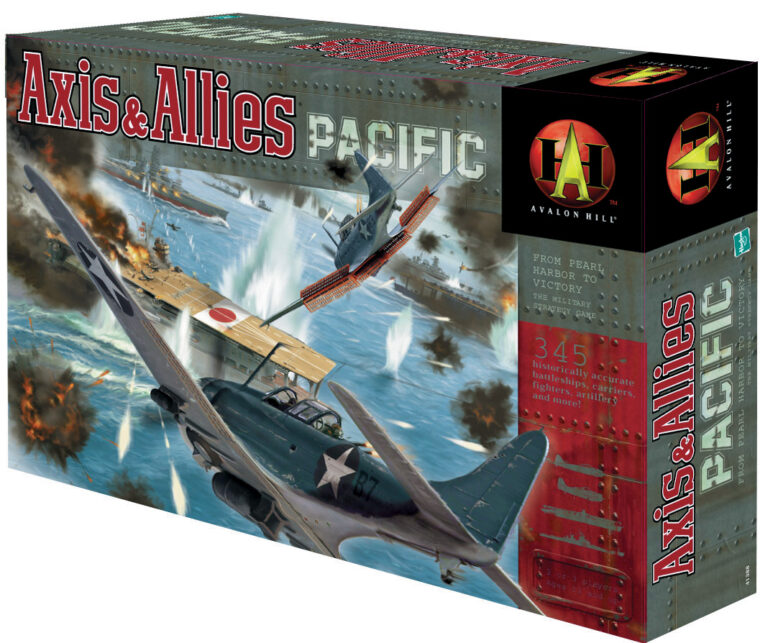
Titles that have become especially hot sellers on the after-market are ones that until recently had been readily obtainable. Avalon Hill’s Midway, Stalingrad, and D-Day were examples of excellent games that had been in print for decades, so demand for them in the after-market was low. Once Avalon Hill was sold, however, demand for the originals went up. “Today some games are downright hard to find,” Meyer explains. “This is especially true of the earliest releases.”
Other titles like The Longest Day, which many people have described as being a monster of a game, had only one print run. This and the original high cost of nearly $80 make it especially attractive to collectors today. Equally sought is the “Western Expansion Map” for Avalon Hill’s Civilization, which Meyer explains was “an expansion of an expansion. It had a limited print run and people want it to add more players to Civilization.”
The Compleat Strategist continues to see interest in the older World War II titles, including Third Reich and Advanced Third Reich. Newer versions can cause grumbles. Kilbert notes that among gamers, someone is always going to complain about something. “They want it the way it used to be, and even if a game is better they won’t be satisfied.”
Interaction remains the primary reason for the recent wave of interest in the board games. Although computer games can now be played over the Internet or via e-mail, the level of interaction with a fellow gamer remains elusive. “I think the difference between the enjoyment of a board game and a computer game is the desire of people for interaction with another person face to face. They’re tired of playing against a computer terminal, even if there is a person at the other end of the wires,” opines Kilbert.
If board gamers slander games on computer, they are not above using the digital tool for searches. The Internet has opened up numerous opportunities for locating original whole games or at least replacement pieces. Some quick research on a popular Web directory like Yahoo.com or a search engine like Google.com will turn up numerous entries.
Auction sites like eBay.com have also allowed owners of older games to post their games and set a reserve price that must be met to complete the sale. This helps protect the sellers from letting a game go too cheaply, while the auction method makes the possibility of getting a fair deal somewhat more likely.
When conducting business online, the buyer should obtain as much information from the seller as possible. Cash should never be sent and if possible merchandise should be bought COD. The seller should provide digital images of the game and specify the condition.
Of course, searches on the Internet could very well come up empty, not the least because specialty retailers cannot list every item in their inventories. An alternative for those with Internet experience is recreational Usenet groups. These are nonmoderated online message-board forums where users have formed communities devoted to specific areas of interest, including a database for the buying, selling, and trading of board games. The most popular board-game forum is rec.games.board.marketplace. Those wanting to use it will need an Internet Service Provider that offers Usenet Newsgroup forums, plus a Newsgroup reader like Free Agent. Additionally, the forum can normally be accessed via Google.com’s Usenet discussion forum—although some users have experienced delay in the posting of their messages.
With Usenet it is even more important to get as much information as possible on the buyer and/or seller. Obtaining a phone number and making arrangements on price and who pays the shipping are critical. Buyers should not worry about asking too many questions about the condition, and sellers should be happy to supply the answers. A transaction where everyone walks away happy is a good transaction.
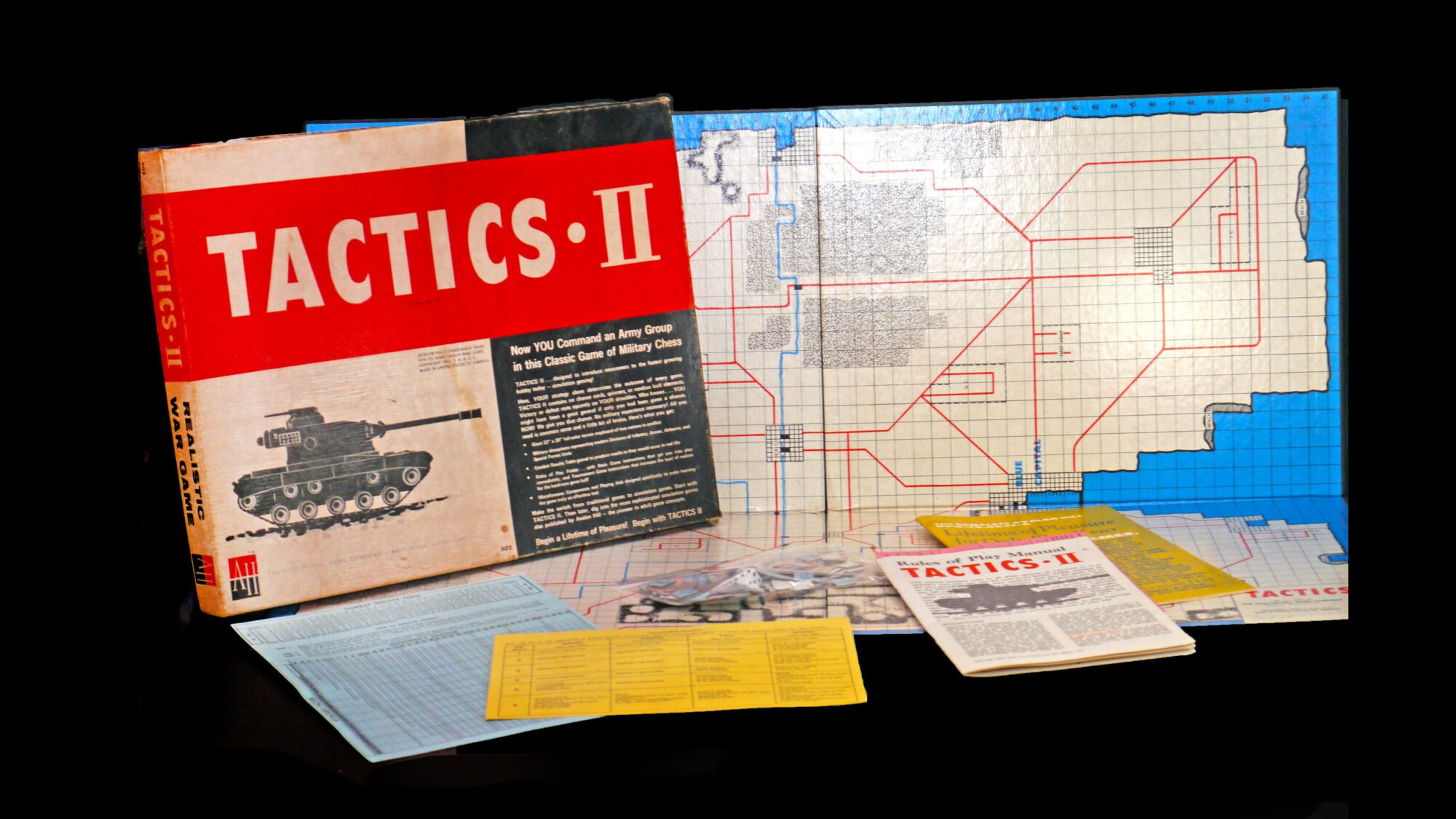
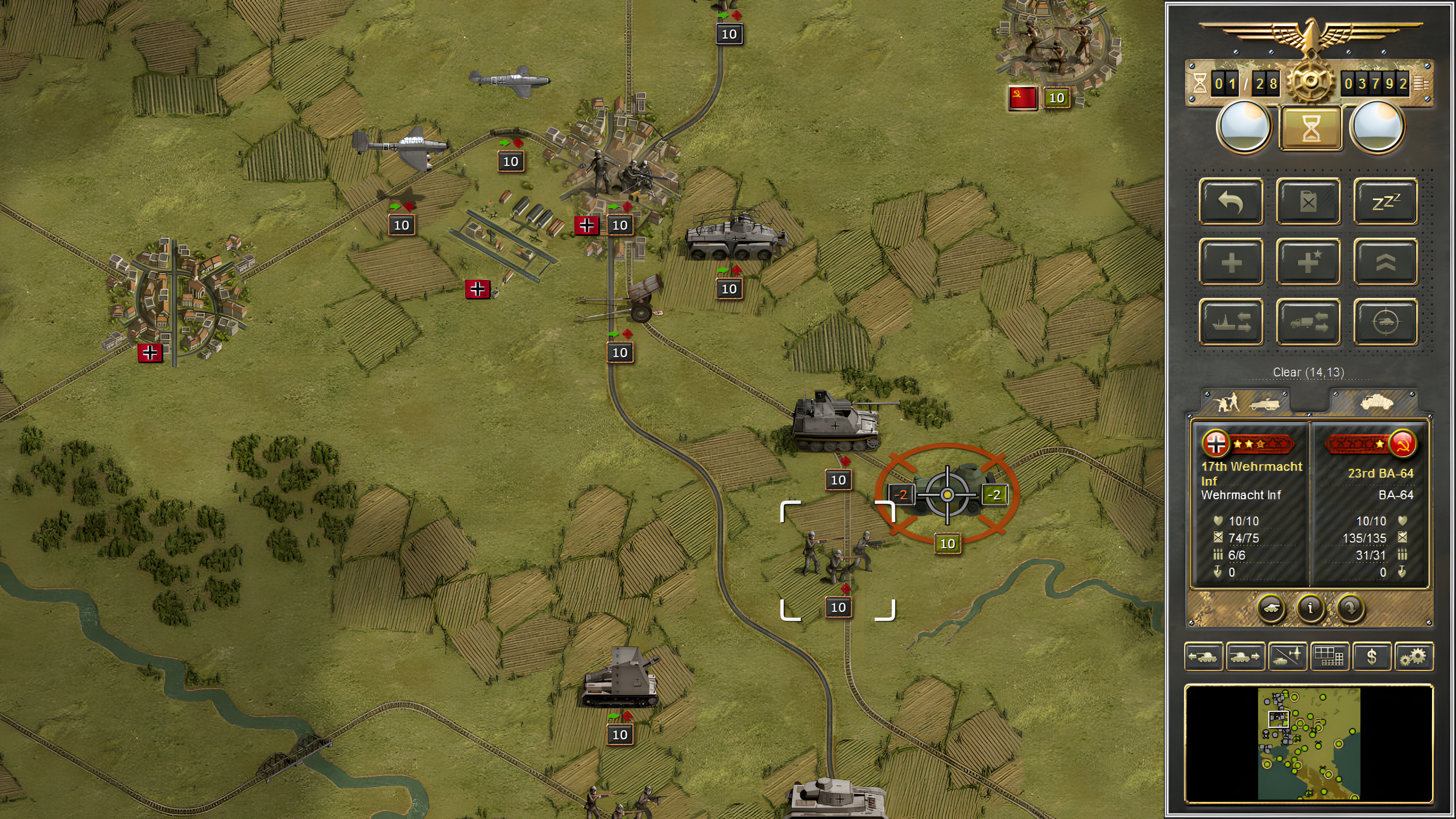

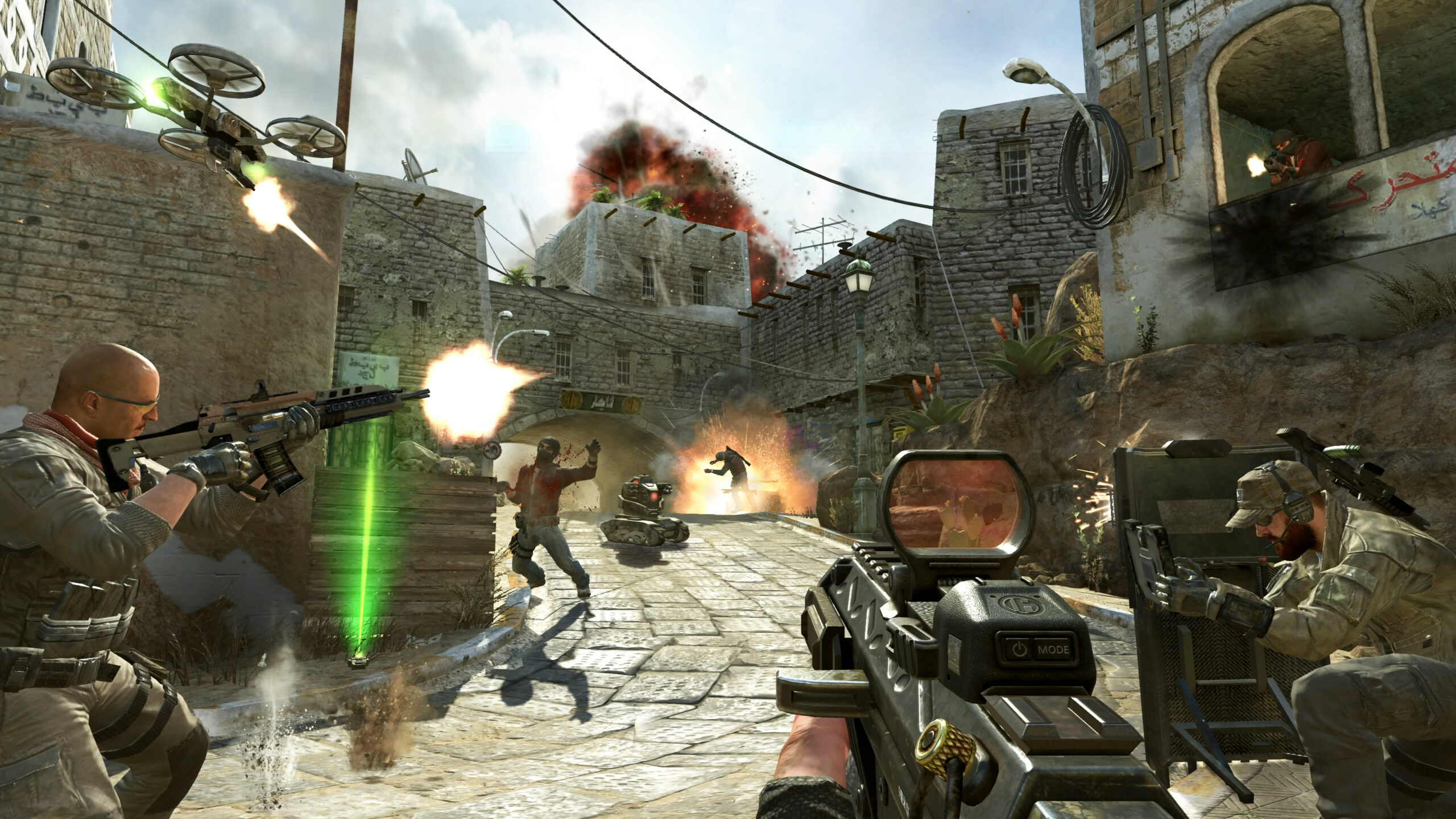
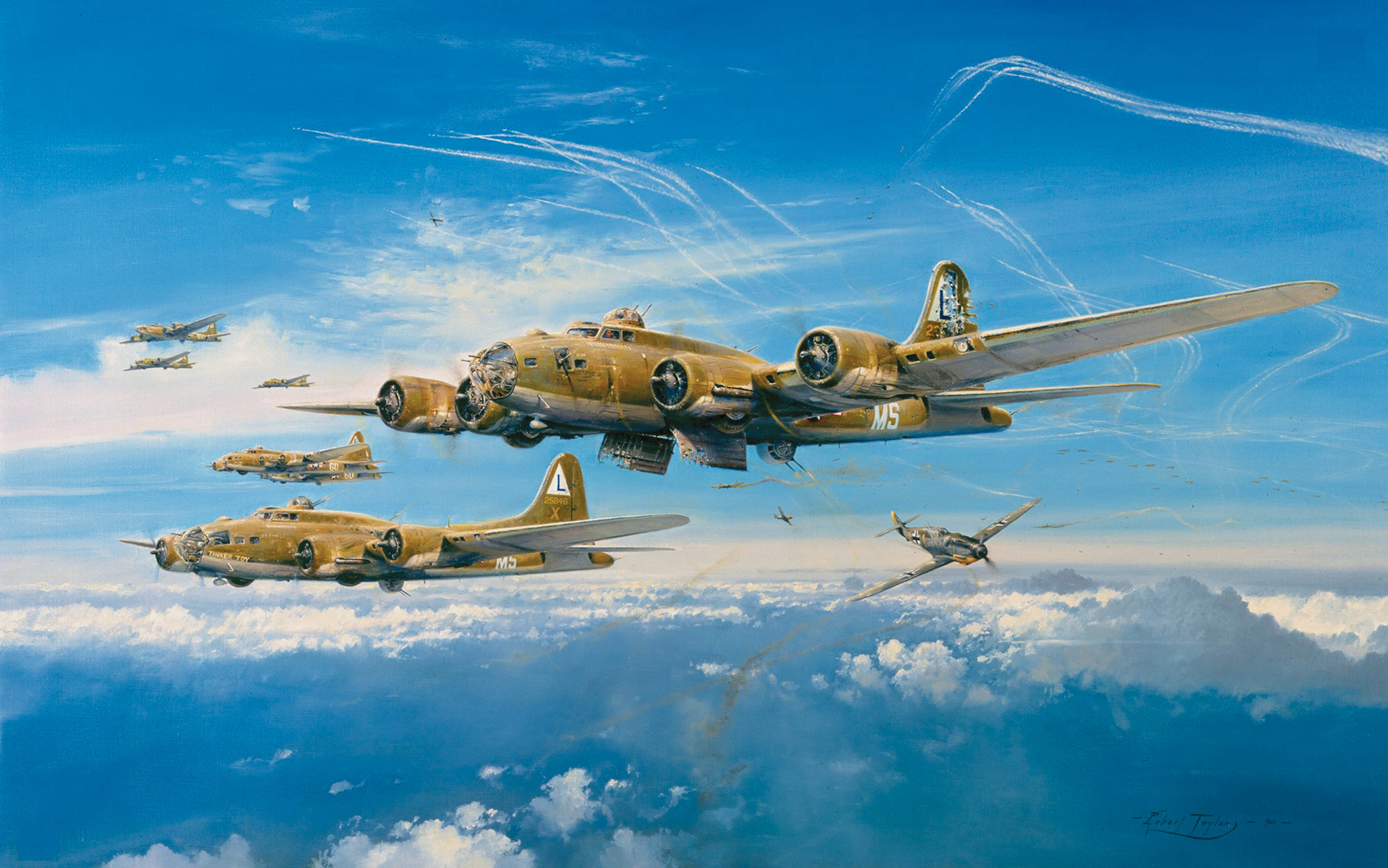
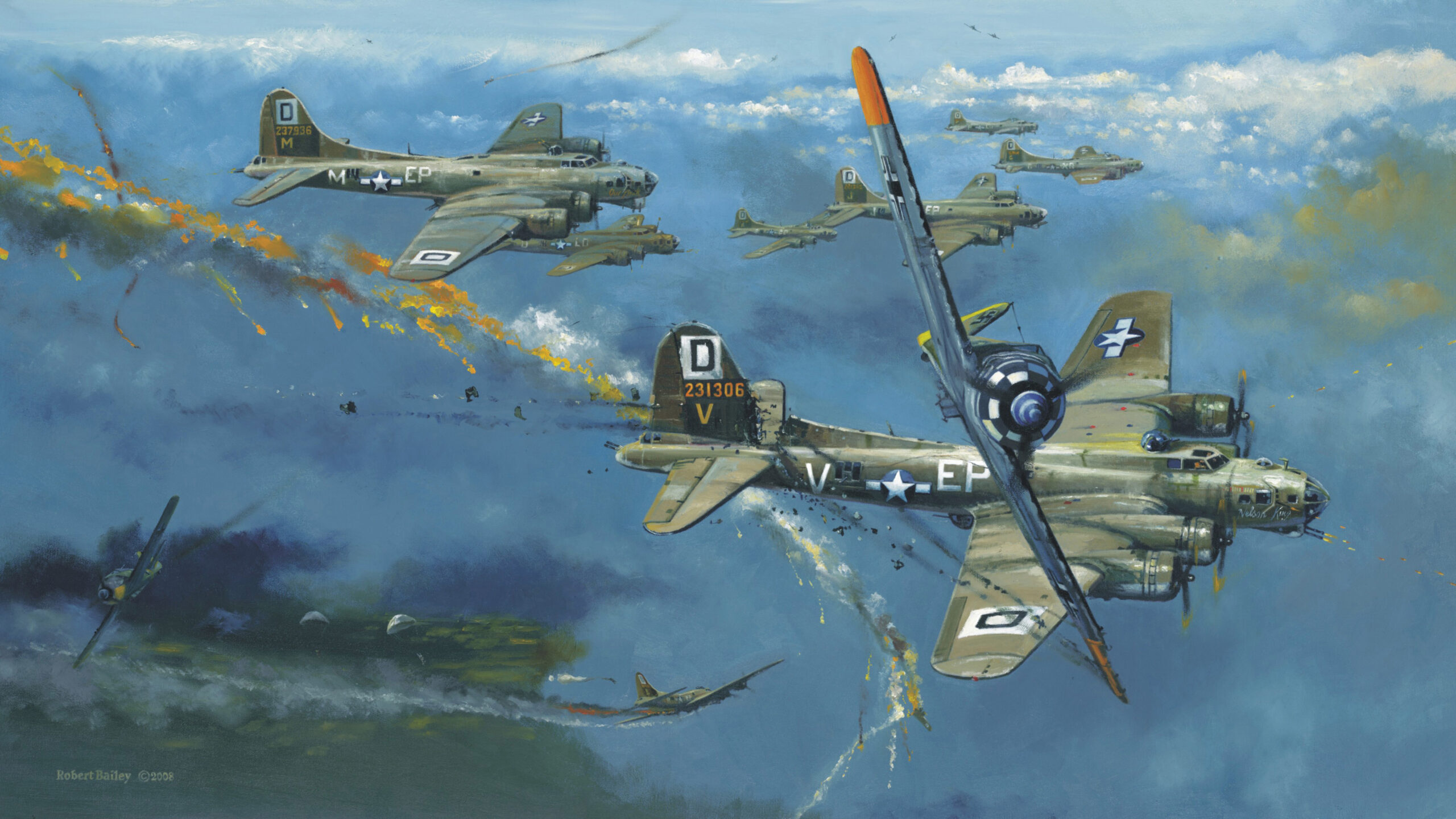
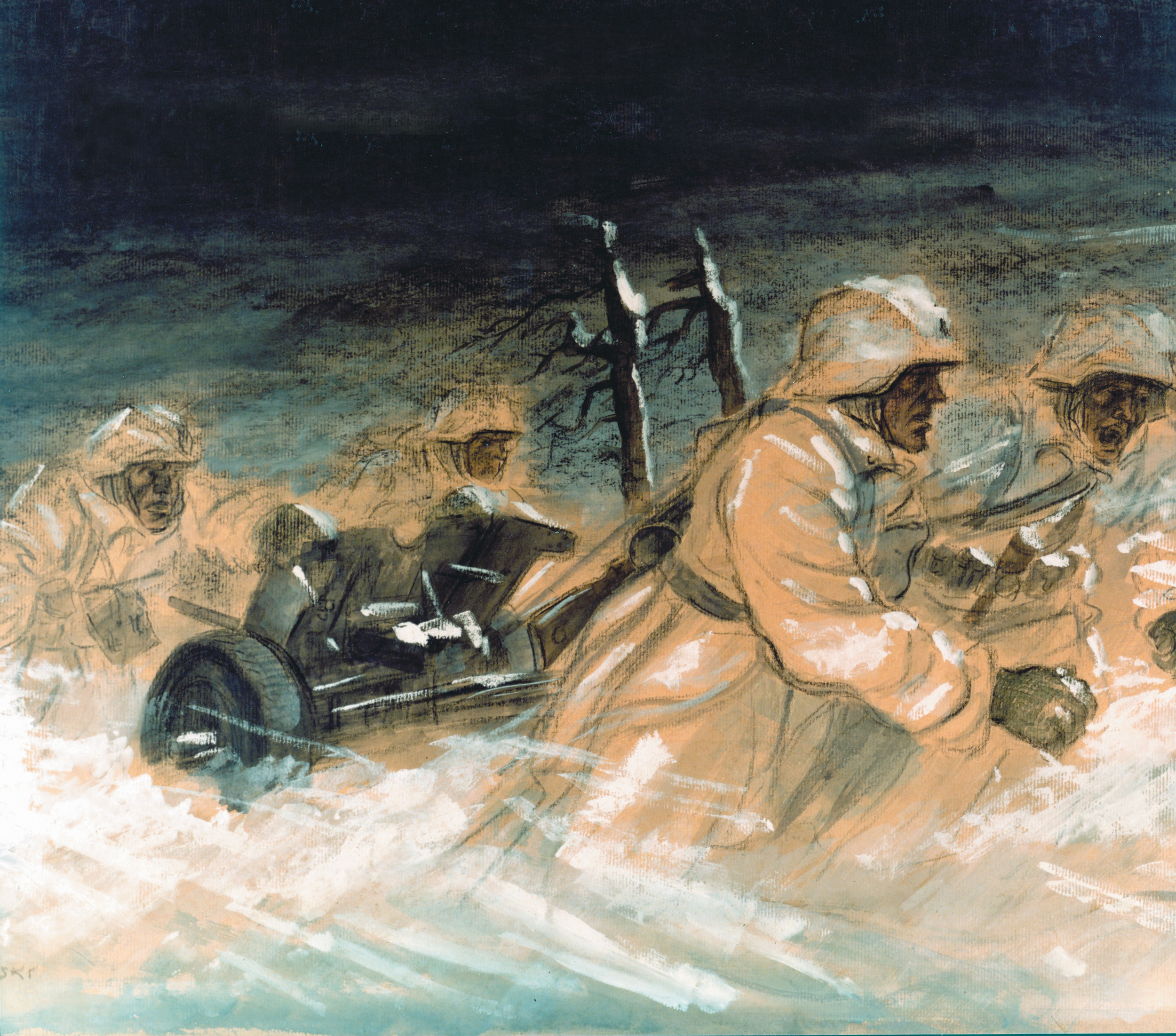
Join The Conversation
Comments
View All Comments